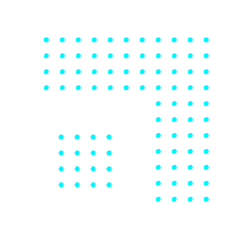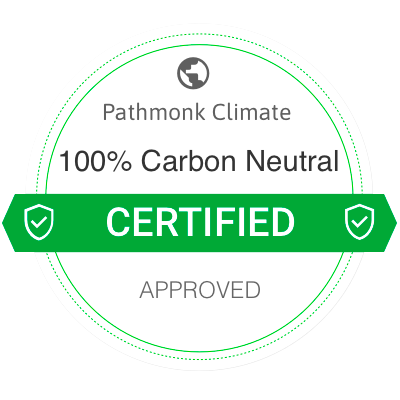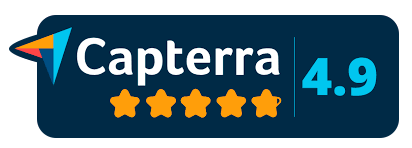Every marketing agency claims they can “boost your traffic” through Google Ads, or “help you rank” with SEO. Scroll through any agency website, and you’ll see the same menu: PPC, SEO, maybe a sprinkle of social media management. Different logos, different pricing—but the promise is the same.
And that’s the problem.
We’ve reached a point where marketing services are indistinguishable. Everyone’s using the same language, offering the same deliverables, and fighting for the same clients. In a post-GA4, post-cookie, post-pandemic world, agencies are clinging to a toolkit that hasn’t evolved with the market.
Want to discover what today’s most forward-thinking agencies are doing to truly stand out—and deliver measurable results that go beyond traffic? Keep reading.
Table of Contents
The problem: everyone’s selling traffic, not results
Most agencies still operate under the same outdated model: Drive traffic → Report vanity metrics → Blame the website for poor conversions.
They promise more clicks, lower CPCs, or higher rankings. But those metrics only tell half the story. Because what happens once someone actually lands on the site? That’s where the silence begins.
Today, getting traffic is no longer the hard part. The real challenge is making that traffic count.
- Organic traffic is shrinking. SERPs are cluttered with AI answers, zero-click results, and endless sponsored content. Google is becoming more of a content provider than a gateway.
- Paid ads are less predictable. Cost-per-click is climbing, and performance is increasingly volatile—especially for clients with limited budgets.
- Social reach is throttled. Algorithm changes keep organic visibility low, pushing brands toward more paid promotion.
And the biggest problem of all?
Most of that hard-won traffic bounces.
Visitors arrive. They scroll, skim, maybe click once, and then disappear. Not because they weren’t a fit, but because the website experience didn’t meet them where they were in their decision-making process.
Agencies spend time, energy, and client budget getting people to the front door—only to leave it wide open and unattended.
And clients are starting to notice.
They’re asking harder questions:
- “Why aren’t more of our visitors converting?”
- “How do we know this traffic is actually qualified?”
- “Why are we spending more but getting less?”
And if you can’t answer those questions—or worse, if your agency doesn’t own that part of the journey—you’re just another SEO + Ads shop.
To truly stand out, you have to move beyond traffic and take responsibility for outcomes.
That means optimizing what happens after the click.
Increase +180%
leads
demos
sales
bookings
from your website with AI
Get more conversions from your existing website traffic delivering personalized experiences.
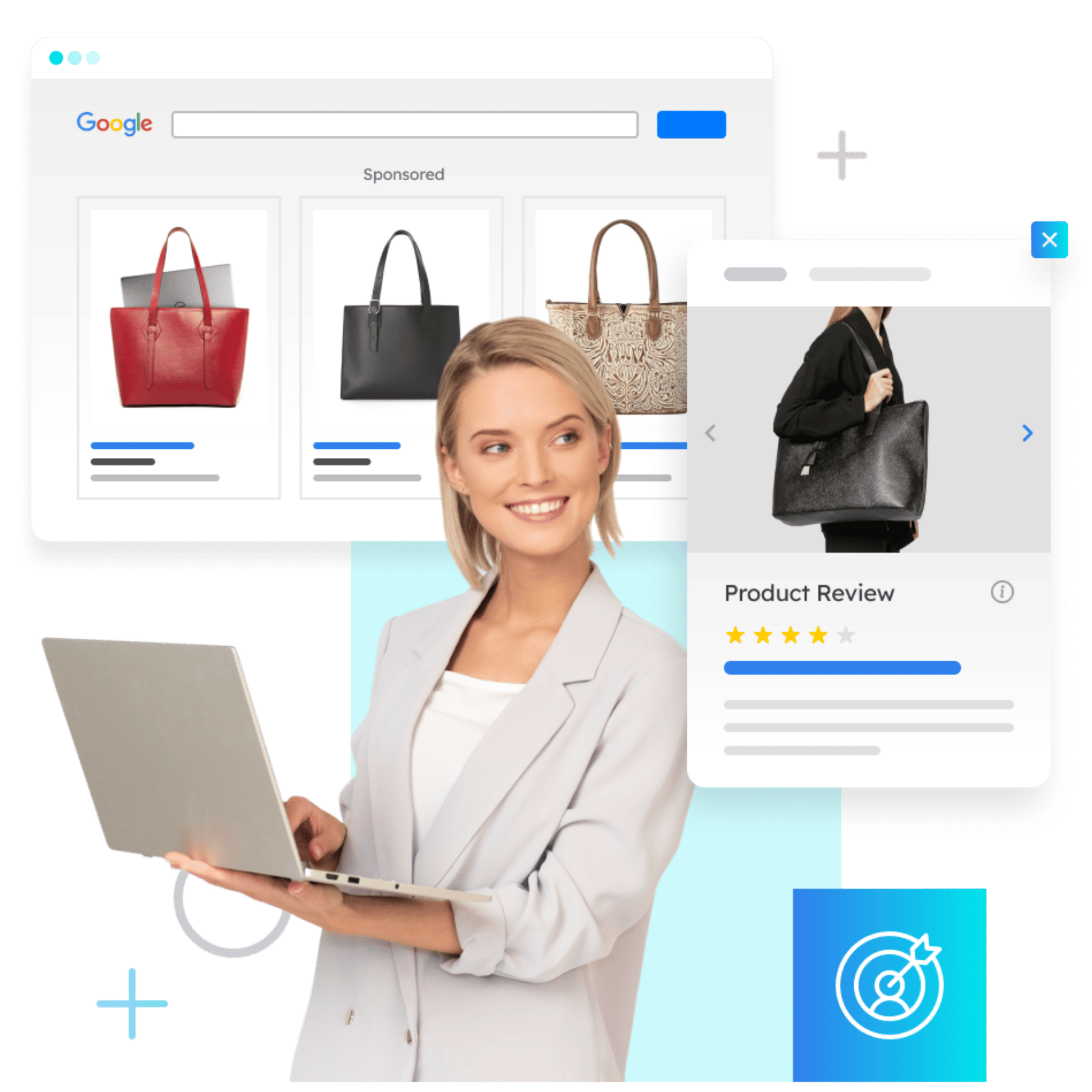
The opportunity: own the post-click experience
A few months ago, we spoke with an agency that had just won a B2B SaaS client. The client had decent traffic—about 30k monthly visitors—and they were running paid campaigns on top of that. Their site looked polished. The conversion setup was there. But the leads were flat.
The agency’s first instinct? Optimize Google Ads. Shift the budget. Add negative keywords.
Then, rewrite some landing page copy. Update the CTAs. Nothing dramatic. Just standard work.
After six weeks, performance barely moved.
They doubled down on traffic again. Built out a content calendar. Targeted more bottom-of-funnel keywords.
Still, the numbers didn’t shift. People were coming. But they weren’t converting.
That’s when the strategy lead said something that stuck with us:
“We’re fighting so hard to get people to the site—but once they get there, it’s like we’re not even in the room.”
That’s the moment most agencies never reach. The realization that acquisition isn’t the whole game.
At some point, you have to own what happens after the click.
Most agencies don’t. They leave it to the client’s website team—or ignore it altogether. And that’s where deals die.
What if, instead, you could take responsibility for that layer?
That’s exactly what Pathmonk helps you do.
It doesn’t replace the website. It doesn’t change the design. It doesn’t touch the CMS.
What it does is observe each visitor’s behavior—how they move, where they come from, how long they hesitate—and match their experience to where they are in the buying journey.
- Someone landing for the first time? They might get a product overview
- Someone returning from a paid ad? They might get a direct CTA to book.
- Someone showing intent signals but not acting? They might see a testimonial or urgency nudge.
It’s conversion rate optimization, yes. But more importantly, it’s personalization that doesn’t wait for A/B test cycles, dev sprints, or approvals. It just runs.
And suddenly, you’re not telling your client “we’ll work on your traffic.” You’re saying: we’re turning that traffic into pipeline.
That’s not fluff. That’s the layer most agencies are missing.
And when you own it, you stop sounding like every other agency.
Increase e-commerce sales with personalized experiences
Turn your e-commerce visitors into loyal customers with AI-powered personalization.
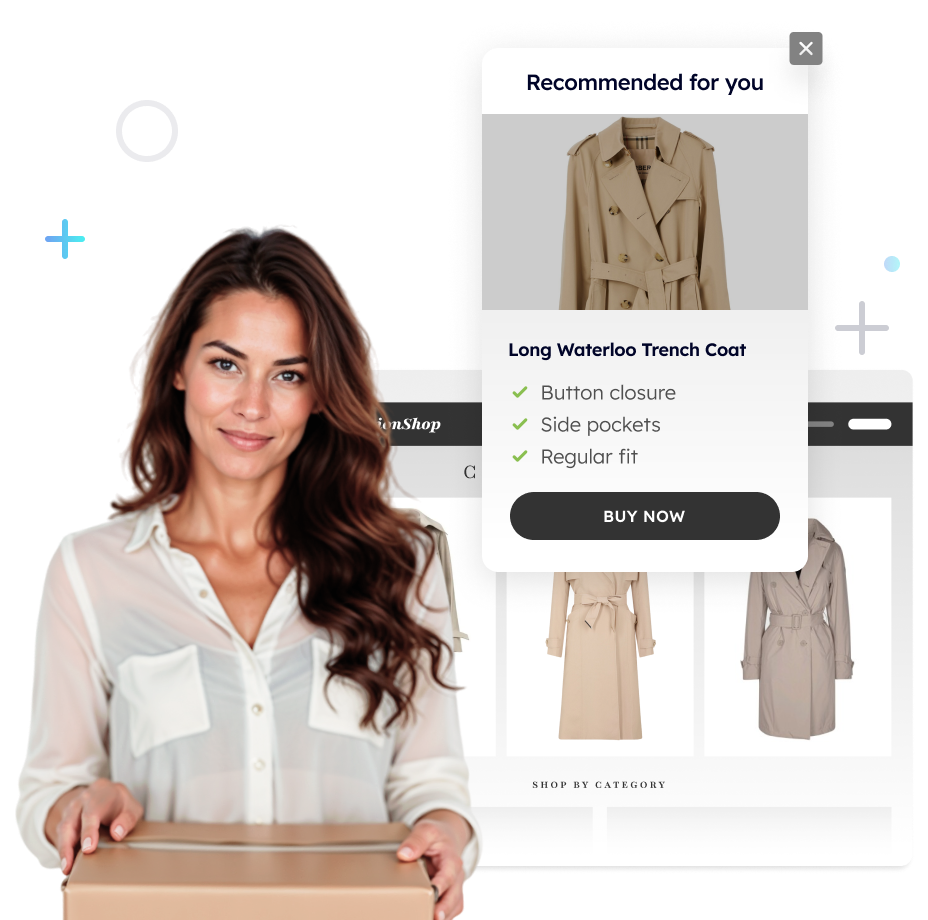
What makes Pathmonk different: CRO that runs in real time
Most agencies know that conversions are where the real value lies. But conversion rate optimization? It’s often the first thing to get pushed down the priority list. Why? Because traditional CRO is slow, manual, and messy.
The usual playbook looks like this: collect data, analyze it, come up with a hypothesis, run an A/B test, wait for traffic to build up, interpret results, then maybe—if the numbers justify it—roll out the winning version. It sounds logical. But it’s rarely practical, especially for clients with low to mid-level traffic or limited dev support. For many agencies, it just becomes easier to focus on driving more traffic than fixing the leaks.
Pathmonk turns that model on its head.
Instead of running split tests or relying on static “best practice” changes, Pathmonk uses AI to optimize conversions automatically and continuously. It observes how visitors behave on a website in real time, detects intent signals, and adapts what the user sees based on how likely they are to convert.
It doesn’t require experiments or variants. There’s no “A vs. B.” It’s more like an intelligent CRO engine working behind the scenes, identifying hesitation, detecting buying readiness, and surfacing the right micro-experience to push the visitor forward in their journey. Think testimonial popups for doubters. Urgency prompts for return visitors. Friction reducers for mobile users stuck on long forms.
This isn’t about gut feelings or guesswork. Pathmonk builds a behavioral model for each visitor based on signals like time on page, scroll depth, entry source, number of sessions, and interaction patterns. It uses that model to decide what content or interaction is most likely to lead to a conversion, and serves it on the fly.
Here’s the kicker: all of this happens without touching the core site layout.
There’s no redesign, no waiting on developers, no months-long optimization cycles. Once installed you define your key conversion goals, and Pathmonk starts optimizing immediately. The AI keeps learning, adjusting, and improving based on every visitor session.
From an agency perspective, this changes everything.
You can walk into a client meeting and say, “We’re not just sending traffic to your site—we’re increasing the percentage of that traffic that turns into business.” And you can back it up with real-time analytics that show lift in demo bookings, signups, or downloads.
In other words, you’re no longer the team who just fills the funnel. You’re the team who fixes the funnel.
Free template: CRO audit checklist
Discover everything you need to start identifying drop-offs and increase conversions.
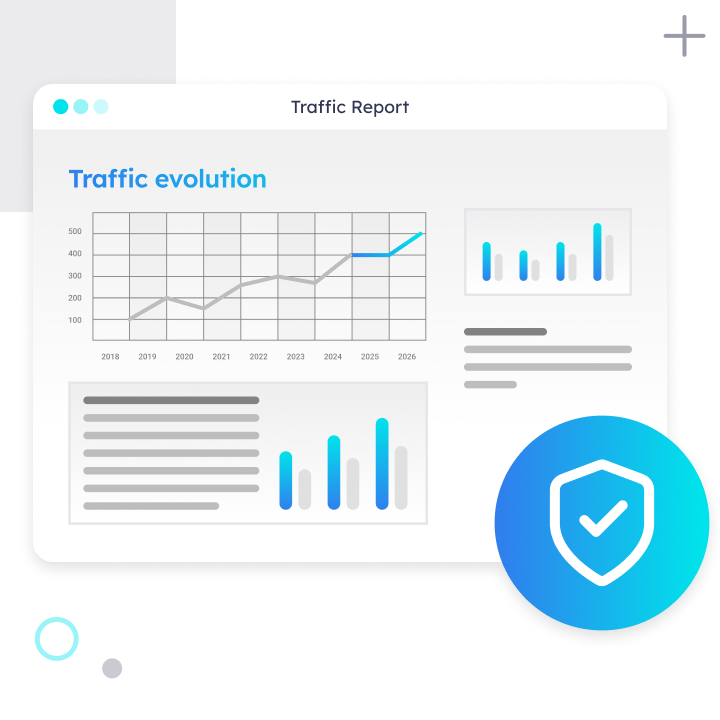
Pathmonk makes it possible to offer Conversion Rate Optimization as an active, ongoing service, without the typical complexity or long timelines. And in a competitive agency market, being able to promise measurable uplift without additional design or dev work isn’t just helpful. It’s a clear differentiator.
A real-world example: how CommerceV3 boosted conversions by 123%—without changing traffic or design
Let’s break out of theory for a moment.
CommerceV3 is an e-commerce agency. Their client, Sailmaker’s Supply, isn’t a flashy startup or a tech giant. They’re a niche retailer selling hard-to-find marine and canvas sewing supplies. Think: ropes, fabrics, fasteners—stuff that matters to a small but serious group of DIY boaters and canvas professionals.
The site had a common problem: too many products, not enough guidance.
Visitors were landing with high intent, but they were getting overwhelmed. With a broad catalog and no clear way to narrow down options, people were bouncing. Not because the products were wrong, but because the buying journey had too much friction. It was a textbook case of decision fatigue.
CommerceV3 didn’t want to redesign the site. They didn’t want to guess at new landing pages. They wanted to help users make a decision, fast.
So they added Pathmonk.
Here’s what happened next.
Pathmonk started analyzing user behavior in real time. It detected patterns—who was new, who was returning, who was comparing products, who was hesitating. Based on these insights, it personalized the experience dynamically for each visitor.
- First-time visitors were shown an intro video about the brand and product quality.
- Mid-funnel users were nudged with social proof, like reviews and shipping guarantees.
- High-intent visitors—those deep in the catalog or lingering on product pages—were guided through an interactive qualification flow to help them find the right item and move toward checkout.
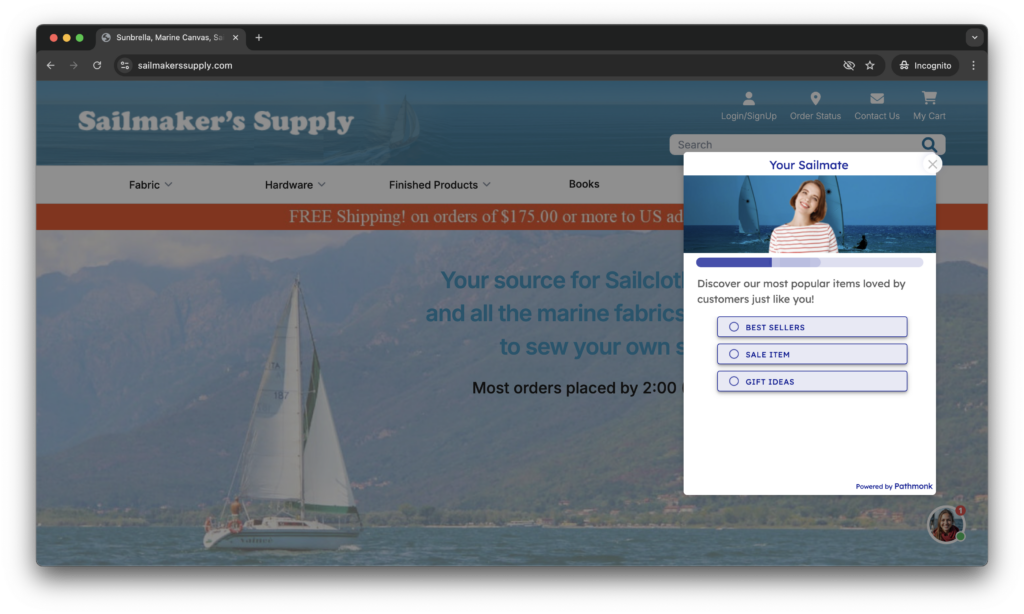
All of this happened without changing the product pages, design, or traffic sources. It was CRO at the experience level—not the layout level.
And the results?

In just 28 days, Sailmaker’s Supply saw a +123% increase in conversion rate, jumping from 0.69% to 1.55%. Total conversions went from 92 to 206, with no change in ad spend or traffic volume. Revenue jumped by over $12,000.
They ran Pathmonk on 50% of the traffic as a controlled test, so they could clearly see the difference. After seeing outperforming numbers across every funnel stage (awareness, consideration, and decision), they rolled it out to 95% of their traffic.
For CommerceV3, it was a turning point. They didn’t just deliver more traffic, they delivered measurable revenue growth. And they did it through smart, real-time conversion optimization that worked silently behind the scenes.
That’s the kind of CRO result clients remember.
Your next step: try it for one client
You don’t need to overhaul your entire service offering overnight.
Start with one client. It can be your agency, or you can choose the one who keeps asking why their conversion rate isn’t higher, or the one spending thousands on traffic but getting little back. Maybe it’s the one with a great product and a decent site, but visitors just aren’t taking action.
Set up Pathmonk. It takes five minutes, and we can offer you a first month for free.
Run it on 50% of their traffic. Watch what happens when every visitor is met with a smarter, more relevant experience, based on actual behavior, not assumptions.
No redesign. No waiting for developers. No “best practices” lifted from a 2013 blog post.
Just real, automated CRO that works.
Let it run for a few weeks, compare the numbers, and see how it changes the conversation with your client. Odds are, you’ll find yourself pitching a new kind of value, one that goes beyond traffic and clicks, and into outcomes your competitors aren’t even touching.
All it takes is one client to prove it 😉

